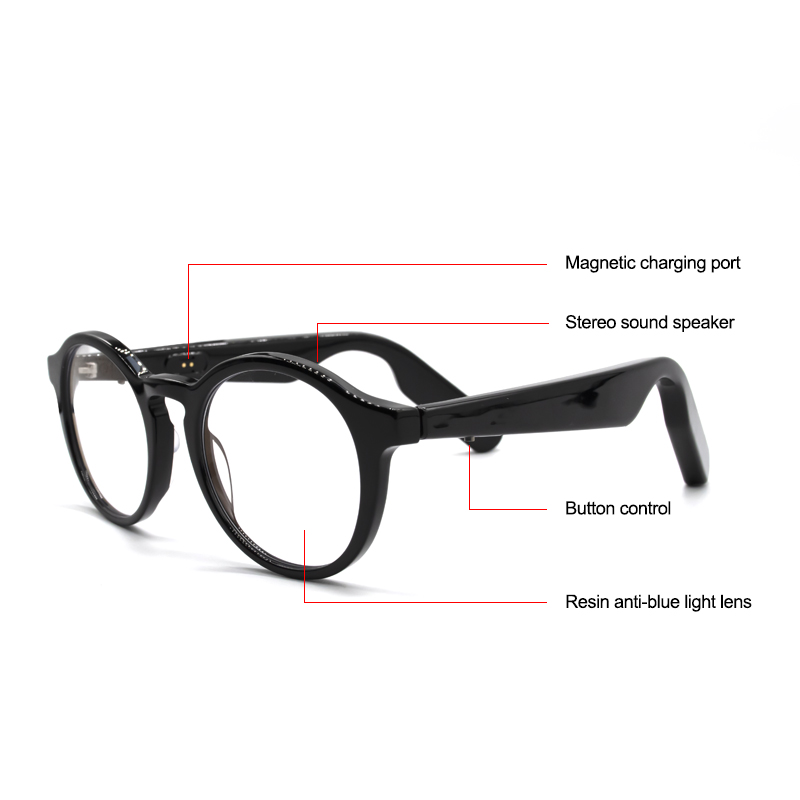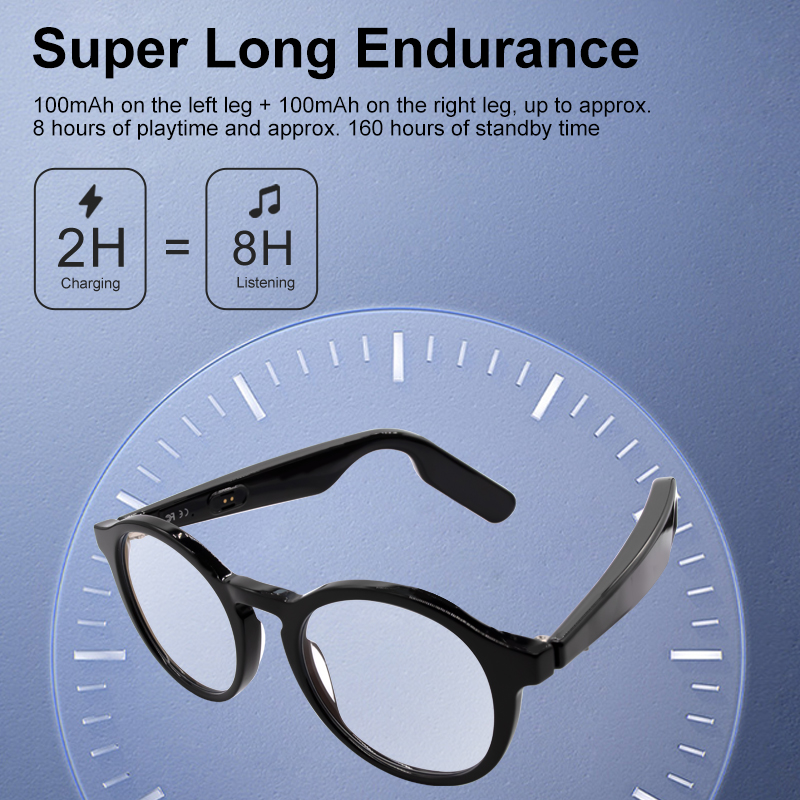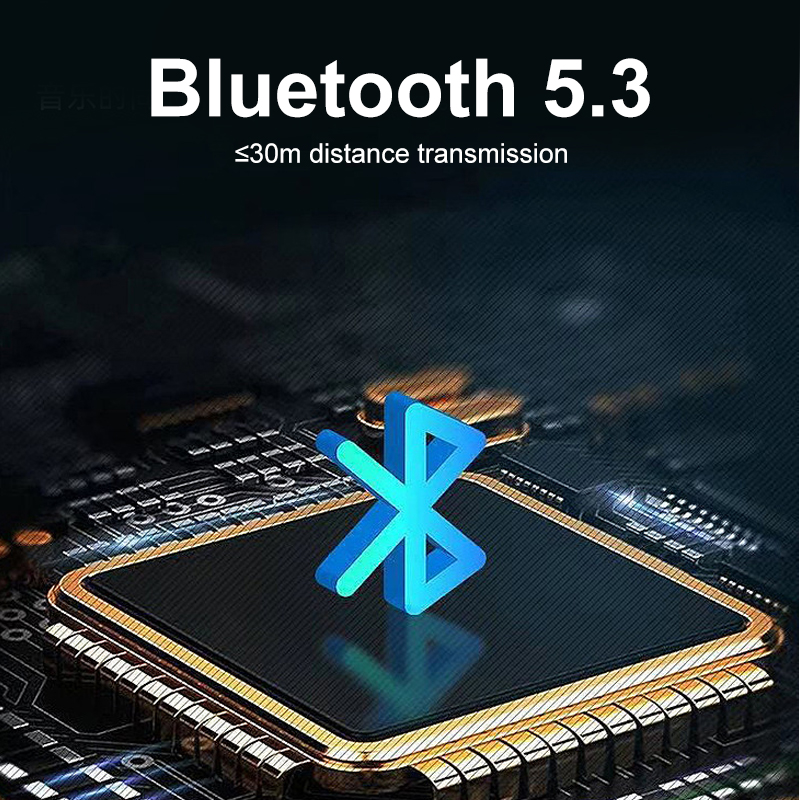- Select Language
The R501 PDA combines a powerful MT6762 Octa-Core ...
Smart glasses are no longer just consumer electronics; they are a strategic tool for innovation across our businesses. By integrating real-time data visualization, augmented reality (AR), and hands-free communication technologies, smartglasses can empower a wide range of industries, improving efficiency, reducing costs, and enhancing safety. How Smartglasses Are Transforming Healthcare, Education, and Manufacturing: Key sectors driving smartglass adoption.

Healthcare professionals have been among the earliest adopters of smartglasses, using them for patient care, training, and telemedicine.
Key Applications
Remote Surgical Assistance: Surgeons can livestream surgical procedures to remote specialists, receiving real-time guidance without leaving the operating table.
Electronic Health Record (EHR) Access: Hands-free access to patient data during consultations or procedures improves accuracy and reduces manual entry time.
Telemedicine and Home Care: Nurses and doctors can conduct remote consultations using smartglasses, which is particularly useful in rural or high-risk settings.
Medical Training: Students can observe live surgeries or simulated scenarios using AR overlays that highlight anatomy and surgical steps.
Benefits for B2B Buyers
Reduce operational costs by minimizing expert travel.
Enhance training programs with immersive, real-time visuals.
Improve patient outcomes with instant access to critical data.
2. Smart Glasses in Education
In education, smart glasses bring interactive, immersive learning to classrooms and corporate training environments.
Key Applications
Immersive STEM Learning: AR overlays visualize molecular structures, historical events, or 3D engineering models.
Language and Cultural Training: Real-time translation and contextual cues help students participate in cross-border projects.
Remote Classrooms: Teachers can livestream lectures to remote students while viewing real-time audience engagement metrics.
Skills-Based Training: Vocational courses (e.g., automotive repair, healthcare) benefit from step-by-step visual instruction.
Benefits for B2B Buyers
Accelerate employee skill development with hands-free learning tools.
Reduce physical training equipment costs with virtual simulations.
Create scalable training programs for multinational teams.

3. Smartglasses in Manufacturing
Manufacturing is one of the largest markets for industrial smartglasses, with applications ranging from production lines to quality assurance.
Key Applications
Hands-free Work Instructions: Workers can receive AR overlays guiding assembly steps, reducing errors and shortening training time.
Remote Maintenance and Support: Technicians can collaborate with remote engineers, speeding up repairs and minimizing downtime.
Quality Control and Inspection: Real-time data capture ensures early detection of defects, improves compliance, and reduces waste.
Warehouse and Inventory Management: Vision picking solutions streamline logistics processes and increase fulfillment accuracy.
Benefits for B2B Buyers
Increase productivity and reduce errors on the production line.
Guide new employees with AR instructions, reducing training costs.
Enhance workplace safety with real-time hazard alerts.

Why Smartglasses Matter to Businesses
For B2B decision-makers, the value of smartglasses lies in improving operational efficiency, empowering employees, and reducing costs. By combining AR capabilities with cloud connectivity and AI-driven analytics, businesses can accelerate decision-making, improve communication, and achieve measurable ROI. From the operating room to the classroom and the factory floor, smart glasses are reshaping the way professionals work, learn, and collaborate. As hardware becomes lighter and the software ecosystem matures, their adoption will accelerate, giving businesses a competitive advantage in productivity and innovation.